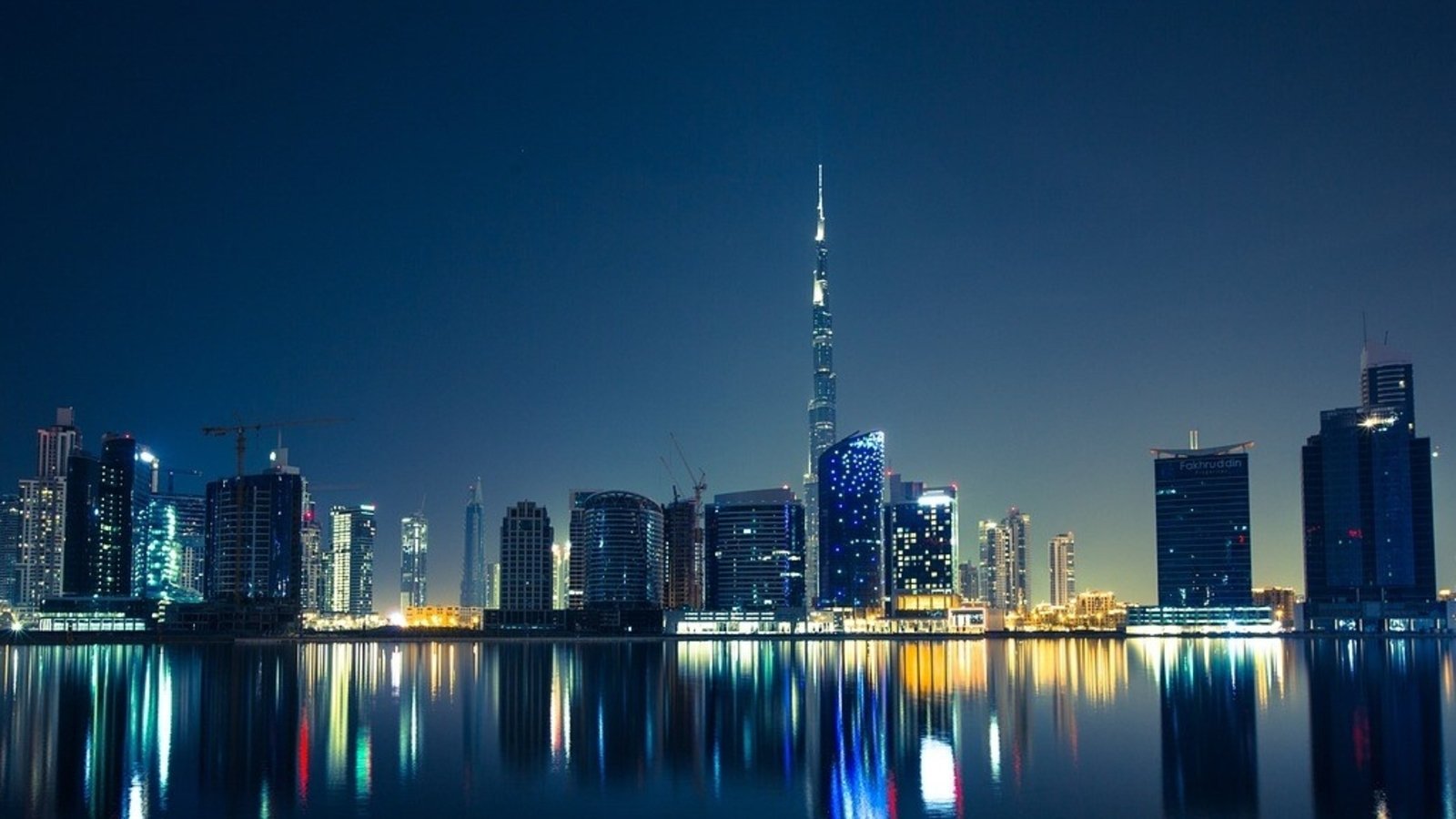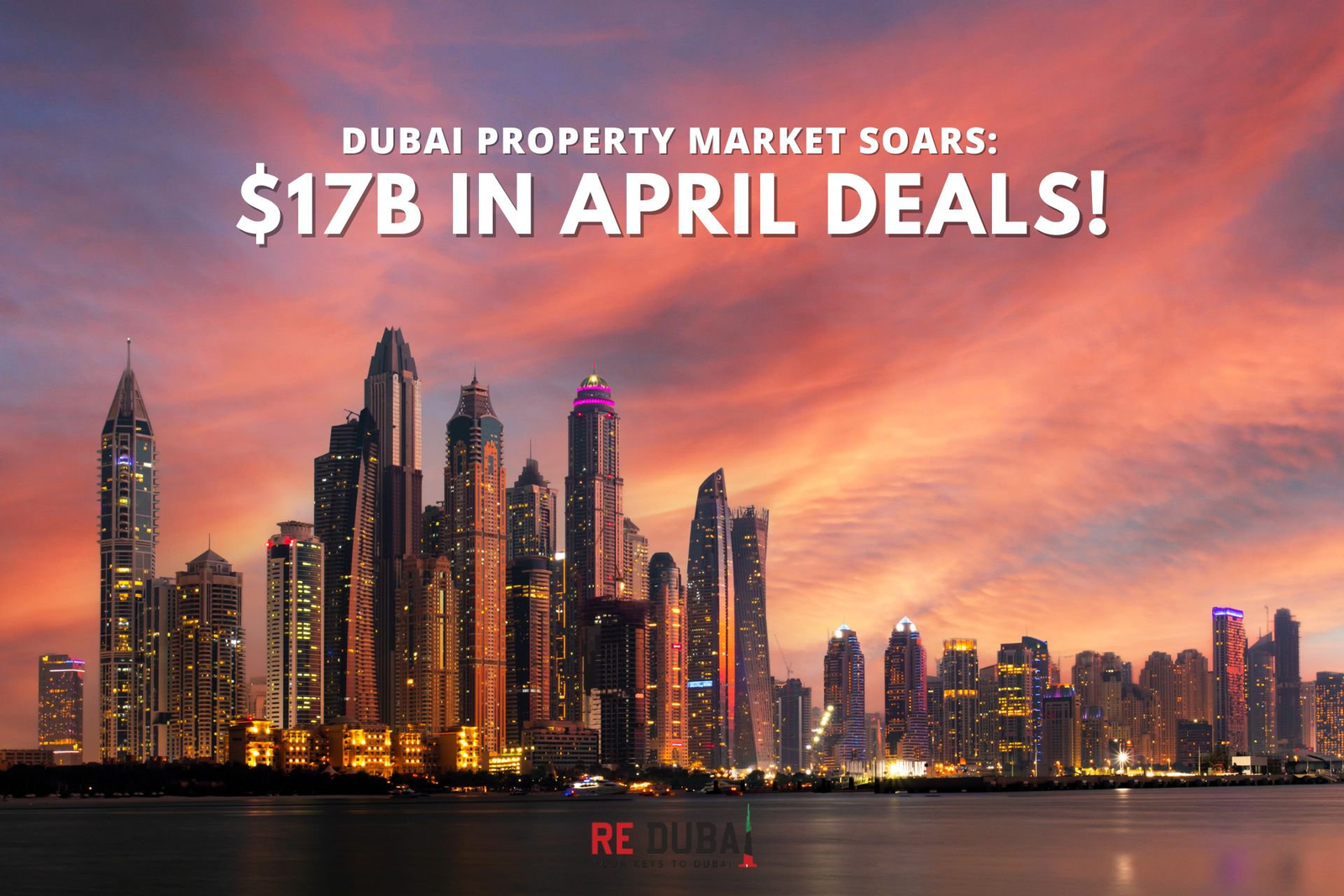Now Reading: Why Dubai’s Wetlands Are the Next Big Eco Attraction 2025
-
01
Why Dubai’s Wetlands Are the Next Big Eco Attraction 2025
Why Dubai’s Wetlands Are the Next Big Eco Attraction 2025
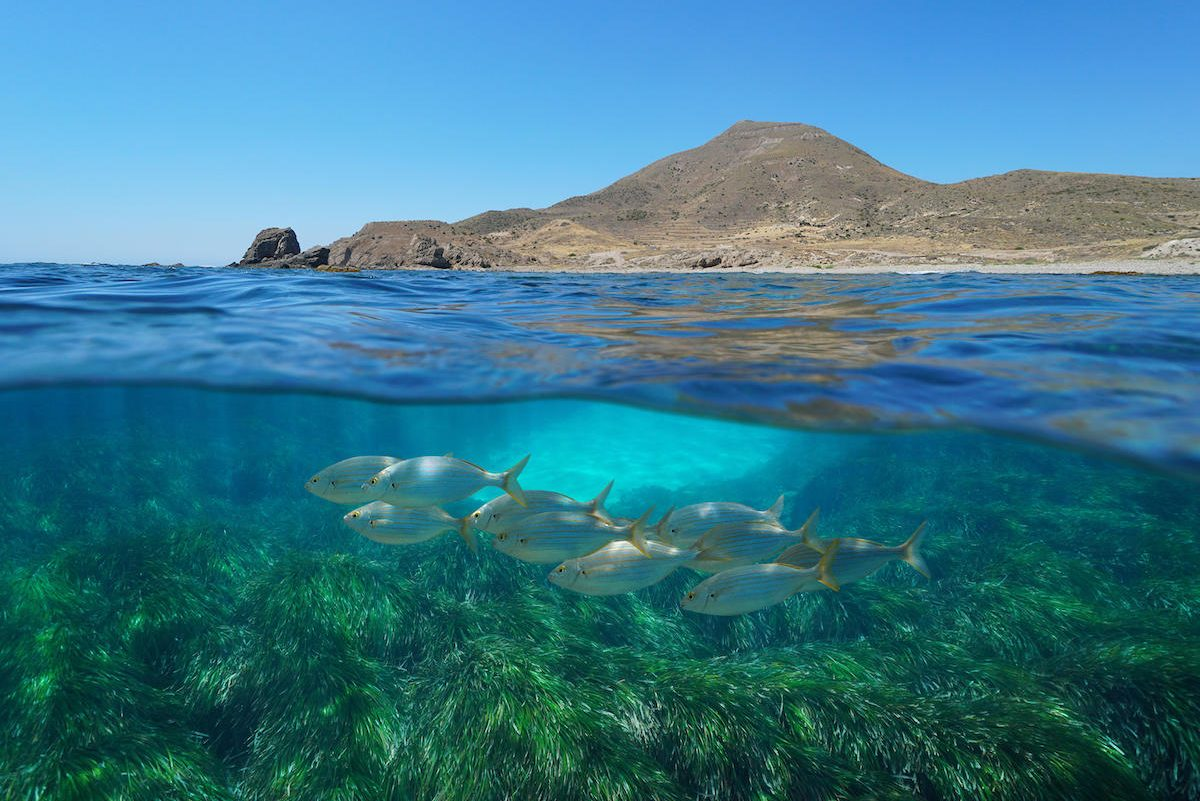
Table of Contents
Dubai is famous all over the world for its luxury hotels, futuristic buildings, and man-made islands. But there is another side of Dubai that is peaceful, green, and full of life — its beautiful wetlands. These unique natural spaces are becoming more important than ever, both for people and for wildlife.
Wetlands in Dubai are mostly found around areas like Ras Al Khor Wildlife Sanctuary, Jebel Ali Wildlife Sanctuary, and parts of Al Marmoom Desert Conservation Reserve. These precious areas have been protected and restored to provide a safe home for birds, fish, plants, and even insects. As Dubai keeps growing into a busy, modern city, its wetlands remind us of the natural beauty that is still alive here.
What Makes Dubai’s Wetlands Special?
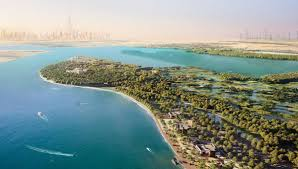
Dubai’s wetlands are made up of shallow lakes, mangroves, mudflats, and salt marshes. These places act like nature’s water filters, cleaning up pollution and keeping the coastal waters healthy. They also store rainwater, helping to reduce floods.
One of the most amazing things about these wetlands is the birds. Dubai sits on one of the world’s biggest bird migration routes, which means millions of birds pass through every year. The wetlands give these birds a place to rest, feed, and even breed.
The Ras Al Khor Wildlife Sanctuary alone is home to over 450 different species of wildlife, including more than 60 kinds of birds. Flamingos are the true stars here, especially in winter when huge flocks turn the mudflats pink. People come from around the world just to watch them.
A Green Oasis in the Desert
Dubai’s wetlands feel like an oasis in the desert. The city is hot and dry for most of the year, but these watery areas bring coolness and greenery. They support mangroves, reeds, and salt-tolerant plants that help protect the shoreline from erosion and provide shade and food for animals.
These ecosystems are not just important for nature, but for people, too. Wetlands help fight climate change by storing carbon dioxide. They also provide peaceful places for people to relax, birdwatch, and learn about nature.
Challenges Facing Dubai’s Wetlands
Even though Dubai’s wetlands are protected, they still face threats. The rapid urban growth of Dubai puts pressure on natural areas. Pollution, construction, and climate change can damage these fragile wetland ecosystems.
Authorities in Dubai have taken steps to protect these valuable areas. Ras Al Khor was declared a Ramsar Wetland of International Importance, which means it is recognized around the world for its unique role in biodiversity. Strict rules help limit harmful activities and keep the wetlands healthy.
However, experts say more public education is needed. Many people in Dubai do not know how valuable wetlands are, and some think they are just “empty swamps.” With more community involvement, residents can help protect these incredible spaces for the future.
Eco-Tourism in Dubai Wetlands
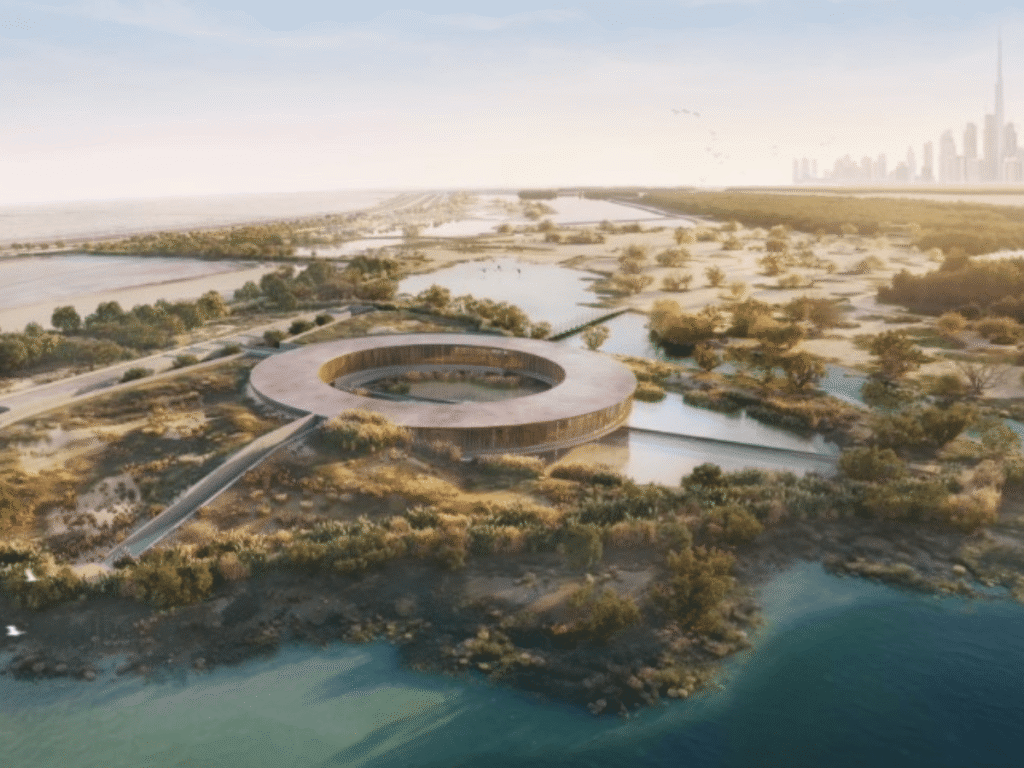
Dubai is also exploring ways to make its wetlands part of eco-tourism. Visitors can now enjoy birdwatching hides at Ras Al Khor, nature trails at Al Marmoom, and guided educational tours in Jebel Ali. These activities help people connect with nature while bringing income that supports conservation.
Eco-tourism must be carefully managed so that it does not harm the environment. Limiting visitor numbers, keeping people on marked paths, and providing good educational information are all ways to balance tourism with protection.
The Dubai Municipality and conservation groups are working together to develop more eco-friendly tourism options. These efforts could make Dubai a leader in wetland tourism in the Gulf region.
Looking to the Future
Dubai has shown the world how a desert city can blend modern progress with nature conservation. By protecting its wetlands, Dubai is helping to safeguard biodiversity, reduce pollution, and even create spaces for people to relax and enjoy the outdoors.
As climate change makes weather more extreme, wetlands will play an even bigger role in protecting Dubai. They store water, slow down floods, and act as nature’s air conditioners in the scorching desert heat.
Dubai’s wetlands are a success story of how nature can survive, and even thrive, in a fast-growing modern city. With careful planning, public education, and community involvement, these green and blue spaces will remain treasures for generations to come.
So next time you think of Dubai, do not just picture skyscrapers and shopping malls. Remember its peaceful wetlands — the hidden heart of nature in the desert.
Read More:- Deyaar’s Latest Announcement Shakes Up the UAE Property Market



